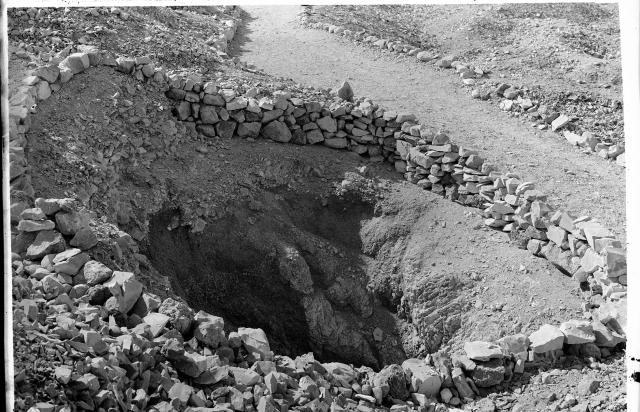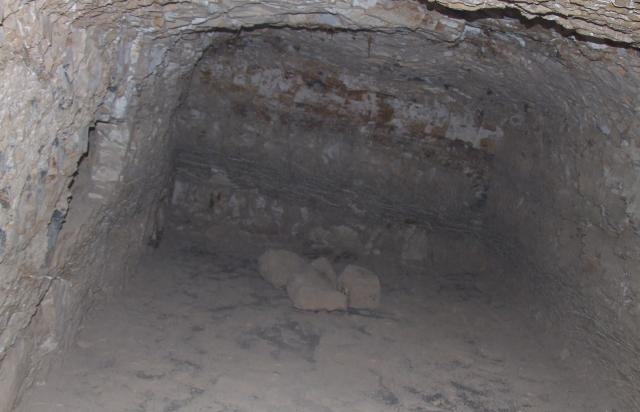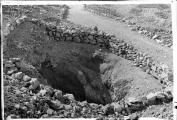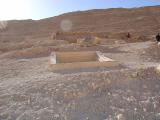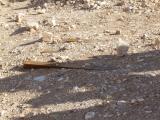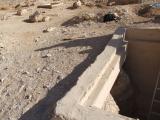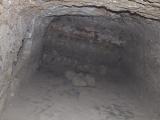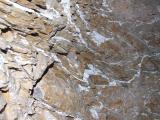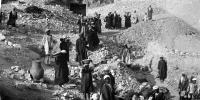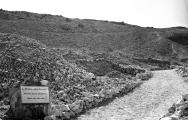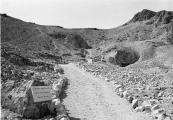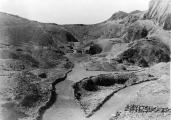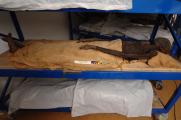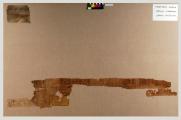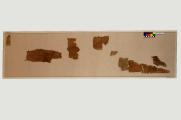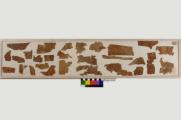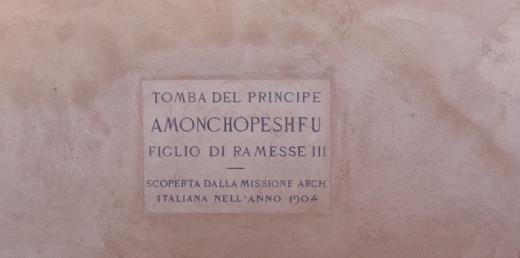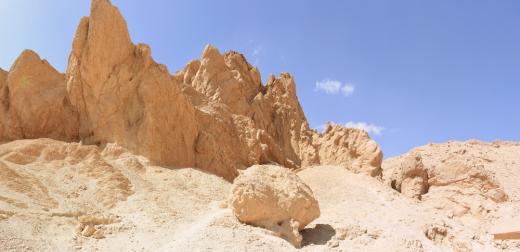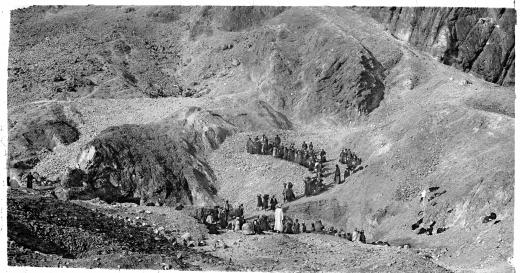QV 47
Princess Ahmose
Entryway A
See entire tombA deep shaft (approx. 6-7 m) leads to down to the burial chamber. A modern, cemented brick surround is present at the entrance, spanned with a metal grill. The rock within the shaft is heavily fractured, veined with salts, and friable.
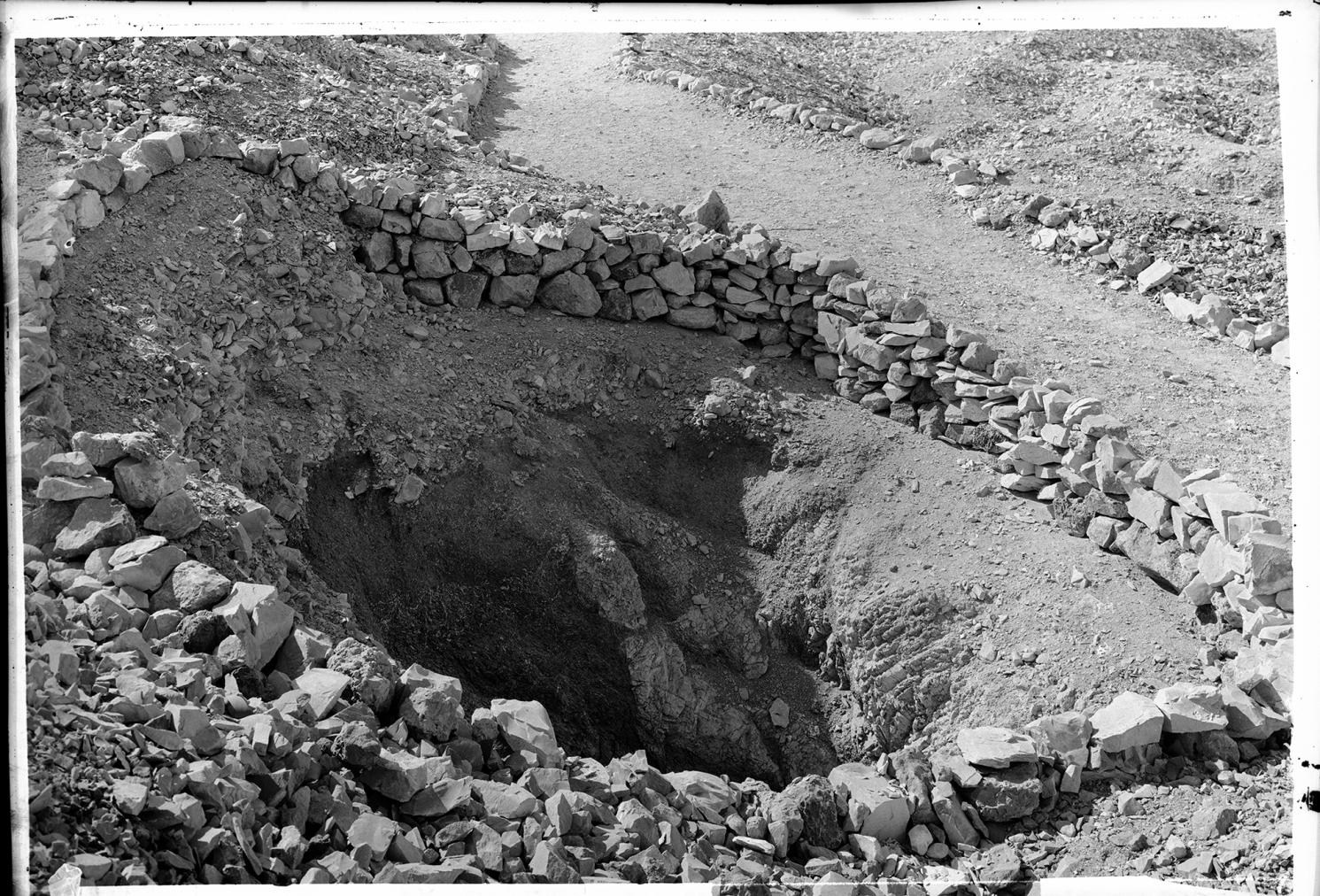
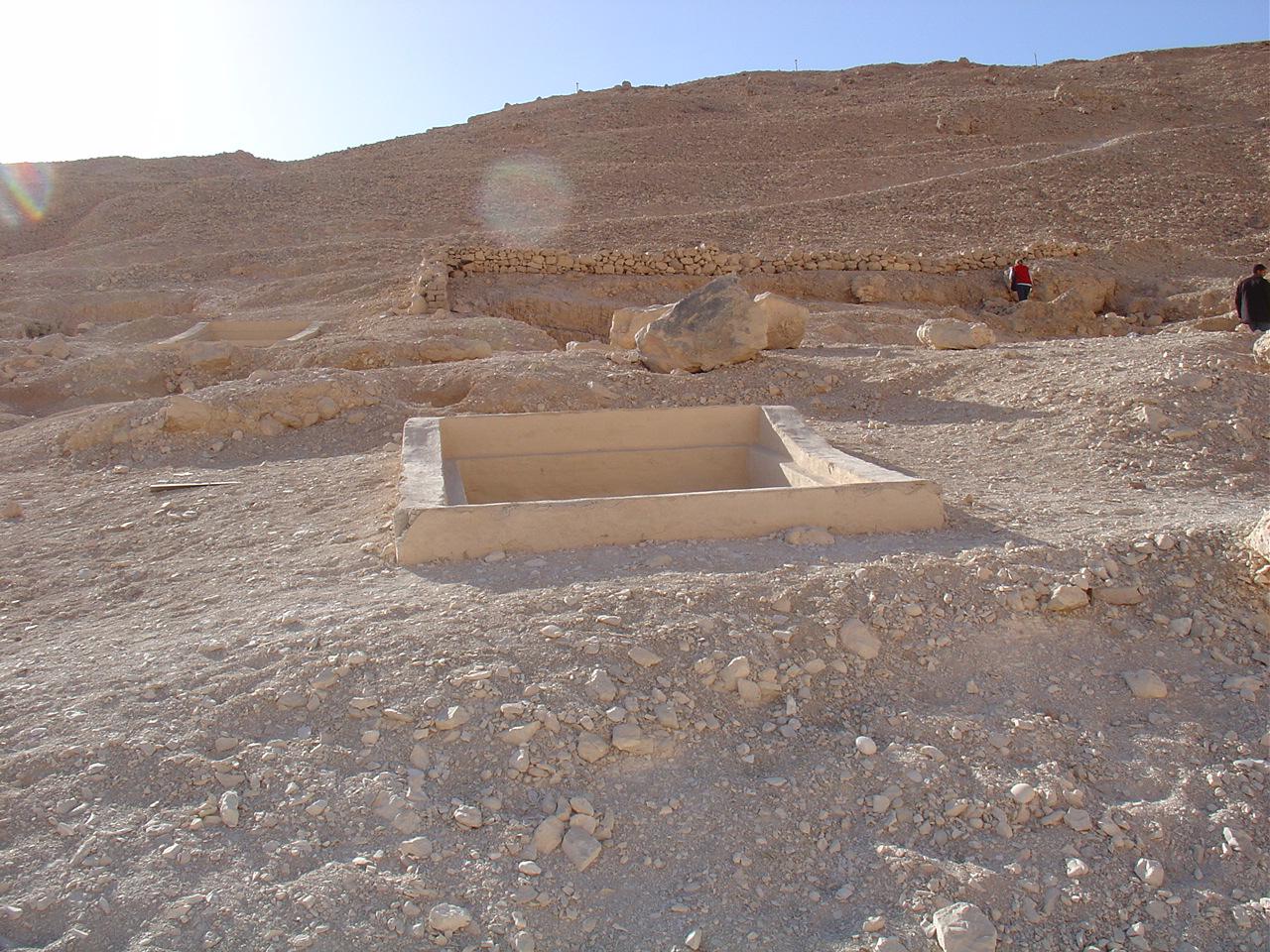

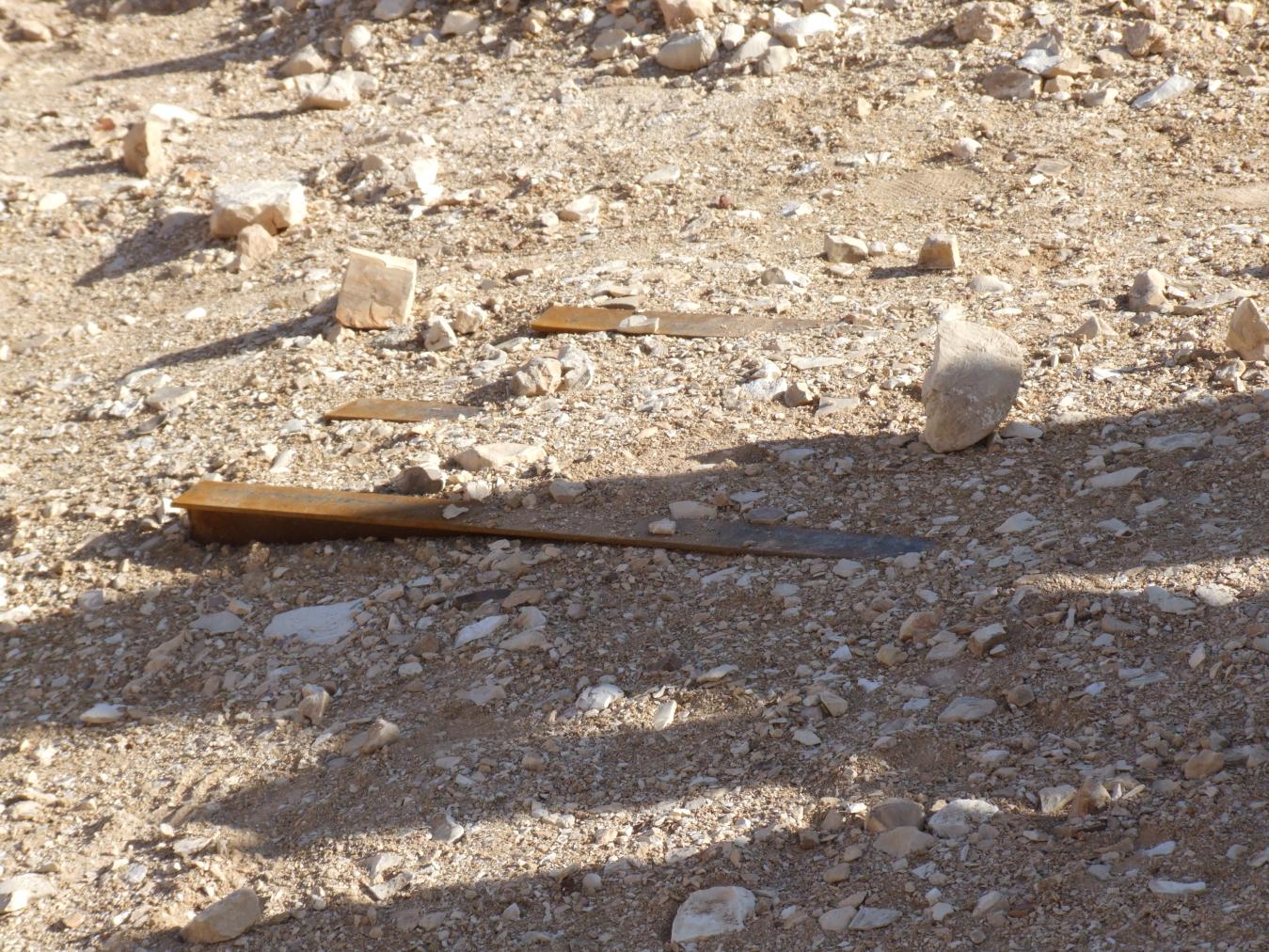
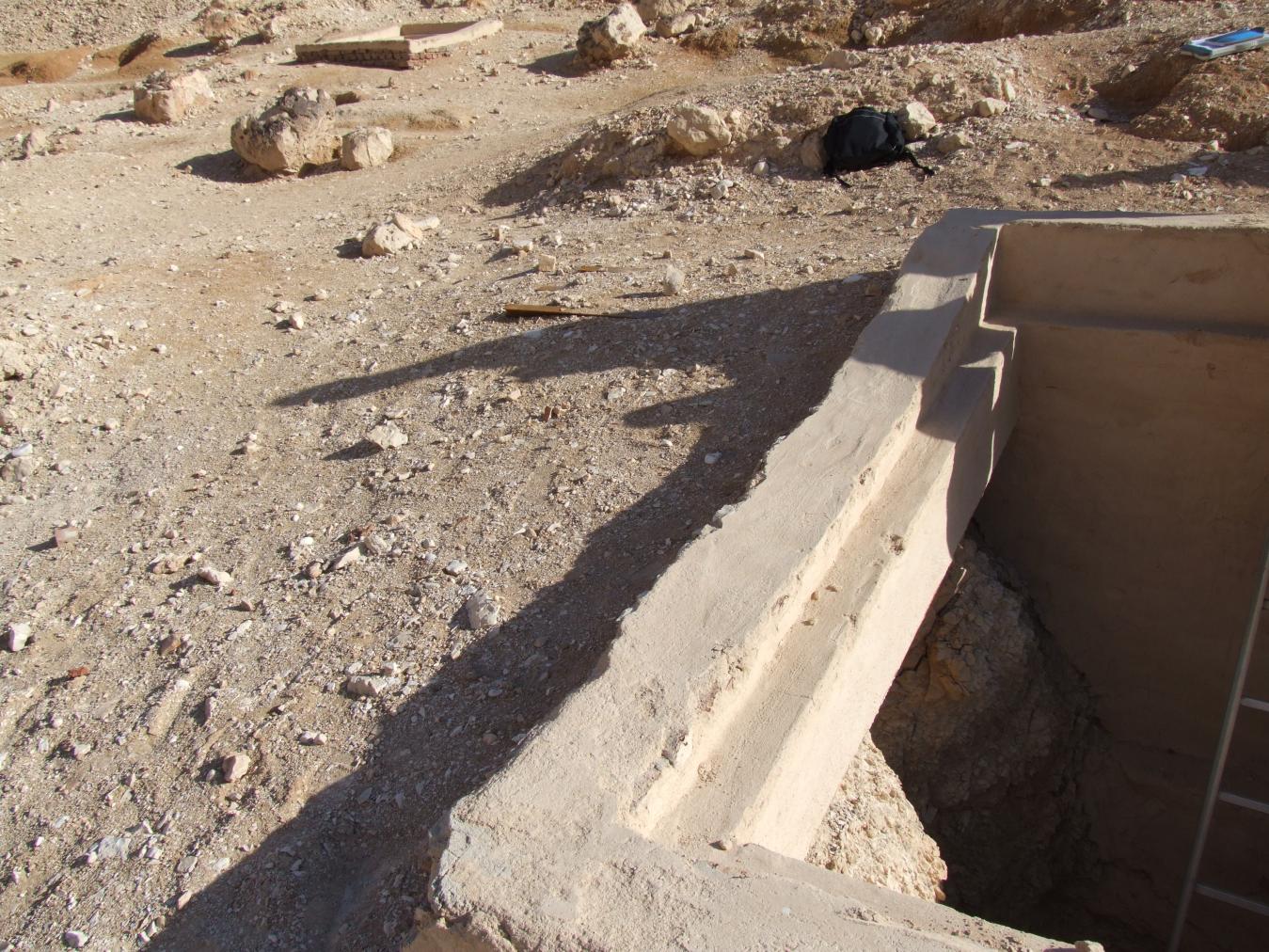
Burial chamber B
See entire tombA long burial chamber oriented north-south. The chamber appears structurally stable, but is dangerous given the loose and falling surface rock.
Chamber plan:
RectangularRelationship to main tomb axis:
ParallelChamber layout:
Flat floor, no pillarsFloor:
One levelCeiling:
Flat
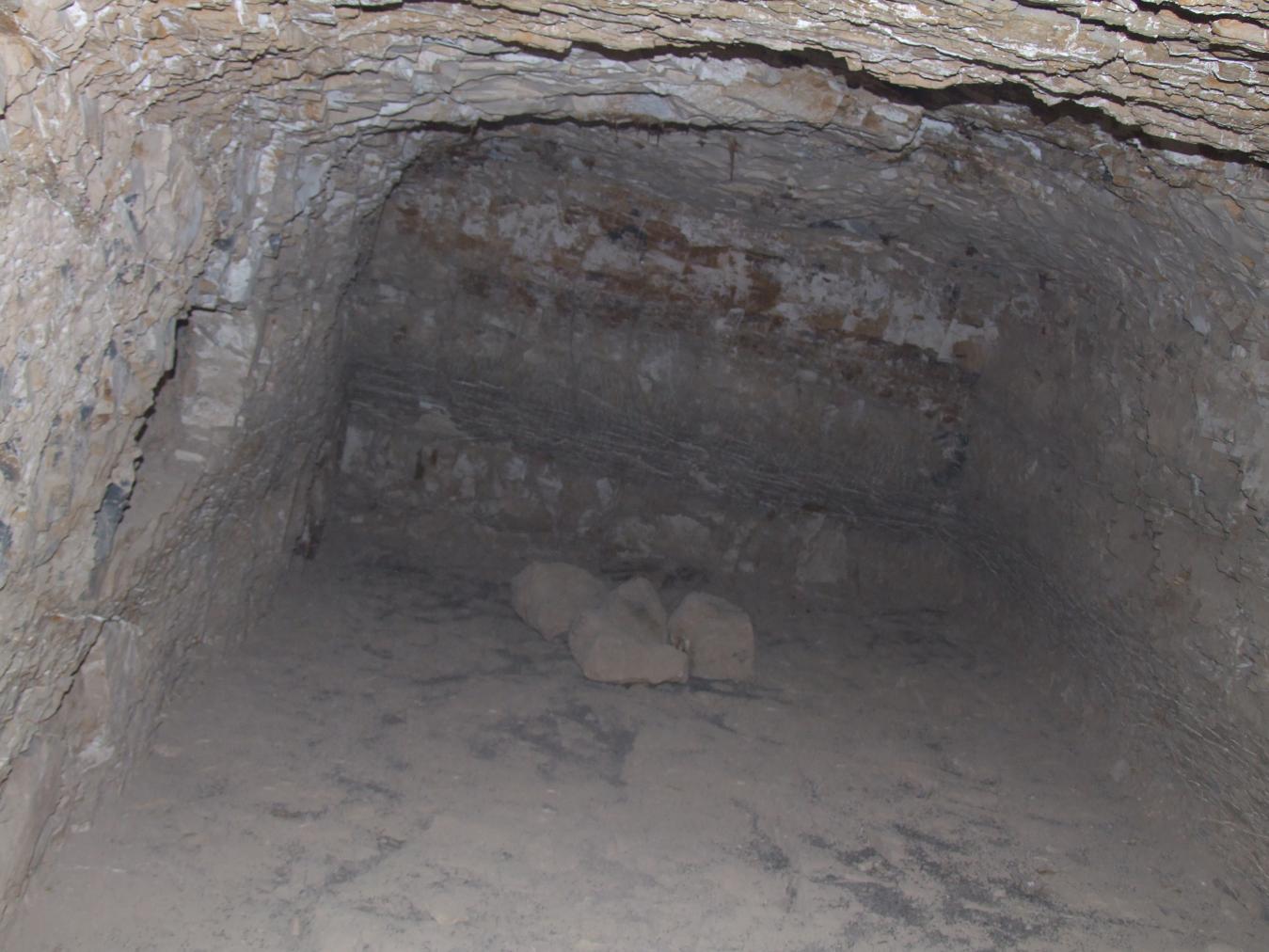
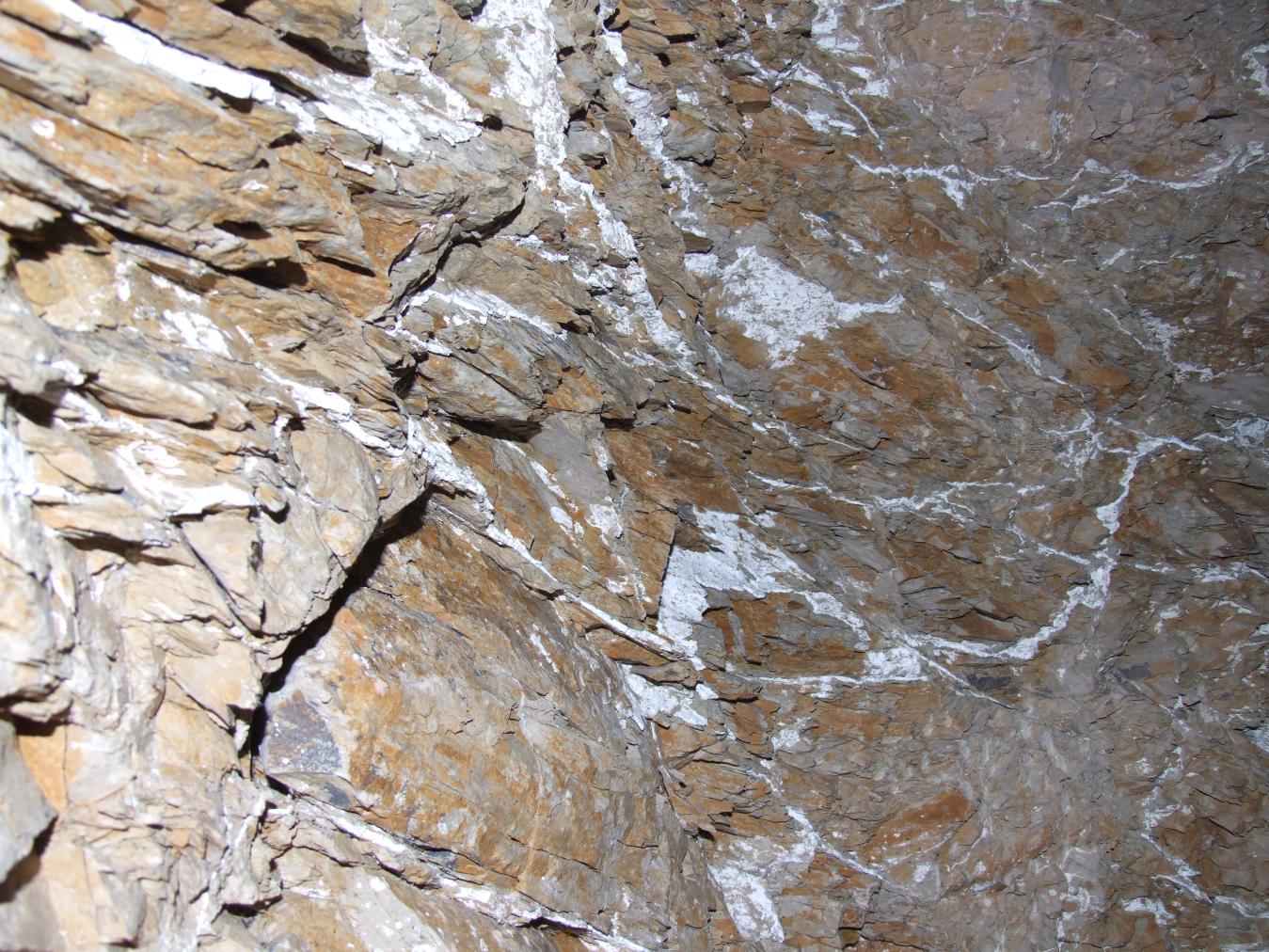
About
About
QV47 is thought to be the first royal tomb constructed in the Valley of the Queens. It consists of a single, rectangular chamber (B) with a shaft (A) and lies towards the bottom of the slope on the south side of the Wadi, a few meters from the retaining wall of the path. A modern, cemented brick surround is present at the entrance, spanned with a metal grill.
Although pillaged and flooded in antiquity, the tomb retained enough material to reveal an originally rich burial and the name Ahmose, identified as the King's sister and daughter of Seqenenre Tao. Ahmose was also the sister of Queen Ahmose Nefertari, and half sister of Ahmose I, the first king of the 18th Dynasty. She outlived her brother and sister and is thought to have been buried during the reign of Thutmes I, but the burial may have taken place under Ahmose or Amenhotep I. Names of the princess and her parents were written on an inscribed cloth found in the tomb. The mummy of Princess Ahmose was discovered by Ernesto Schiaparelli (1903-1905) together with her funerary goods, which included fragments of her Coffin, fragments of twenty different chapters of the Book of the Dead written on linen (the oldest known example at the time of Schiaparelli's excavation), and leather sandals. All of the artifacts are now housed in the Turin Museum. Schiaparelli presumed that the mummy of a relatively tall person of advanced age was that of the princess and was puzzled by the lack of Canopic jars, given that the remains of a Canopic chest were found and that they are often recovered in previously pillaged tombs. The Franco-Egyptian Mission last cleared the tomb in 1984.
Noteworthy features:
Names of the princess and her parents were written on an inscribed cloth found in the tomb. The mummy of Princess Ahmose was discovered by Ernesto Schiaparelli's mission (1903-1905), together with her funerary goods, which included fragments of her Coffin, fragments of twenty different chapters of the Book of the Dead written on linen (the oldest example of the Book known at the time of Schiaparelli's excavation), and leather sandals.
Site History
The tomb was constructed in the 18th Dynasty and was presumably pillaged shortly thereafter.
Dating
This site was used during the following period(s):
Exploration
Conservation
Site Condition
According to the GCI-SCA, the shale within the shaft is heavily fractured, veined with salts, and friable, falling away at a touch. The tomb appears structurally stable, but is dangerous given the loose and falling surface rock. The modern entrance surround is undercut and the steel support cross-braces are exposed from within the shaft and above ground as well. Three bats were noted in the tomb by the GCI-SCA in January 2008. The clay content of the shale is the principal cause of its friability, following exposure to water. Accumulations of silt and debris provide evidence for previous flooding events.
Hieroglyphs
Princess Ahmose
 King's Daughter, King's Sister, Ahmose
sAt-nswt snt-nswt iaH-ms
King's Daughter, King's Sister, Ahmose
sAt-nswt snt-nswt iaH-ms

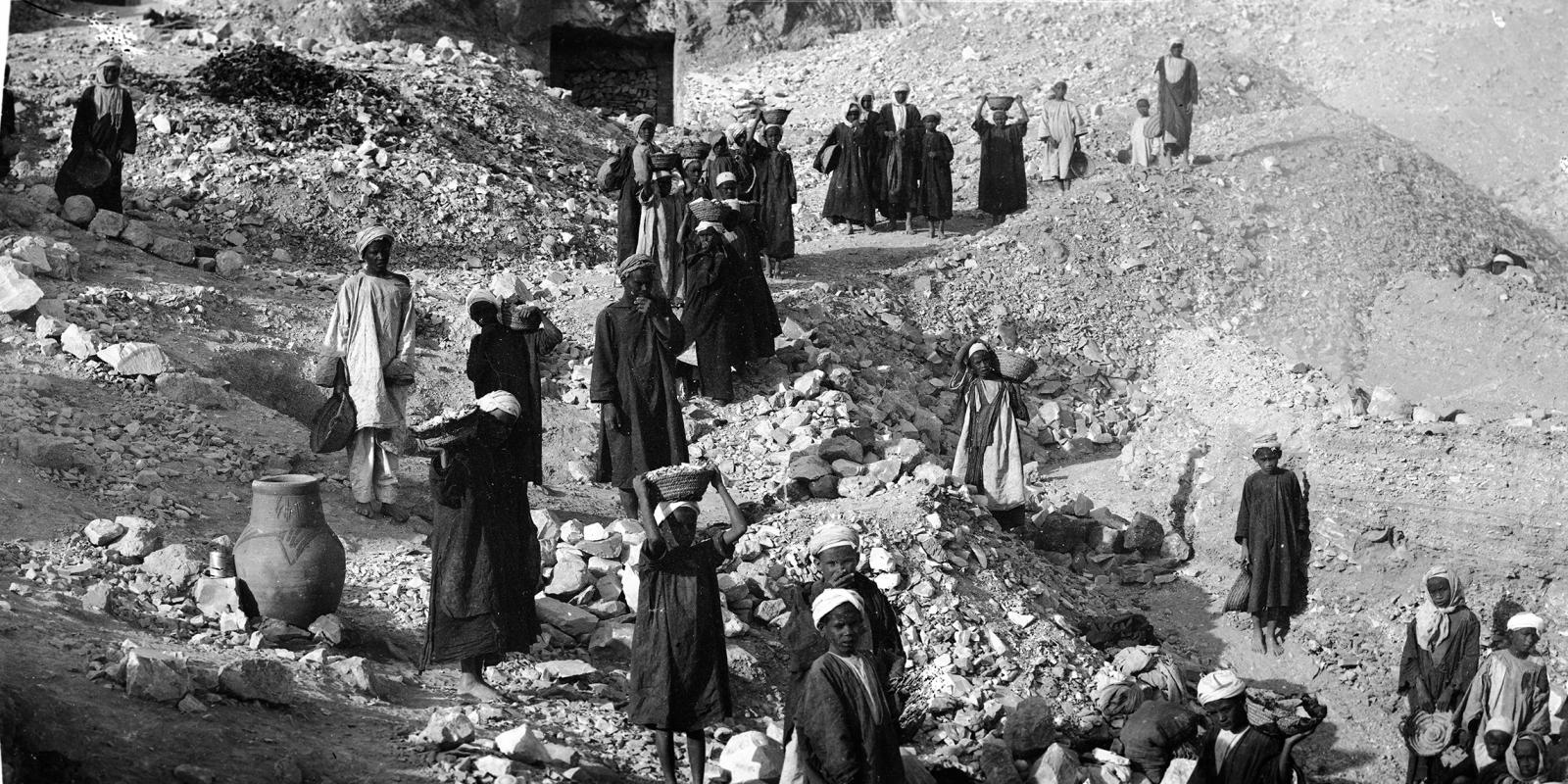
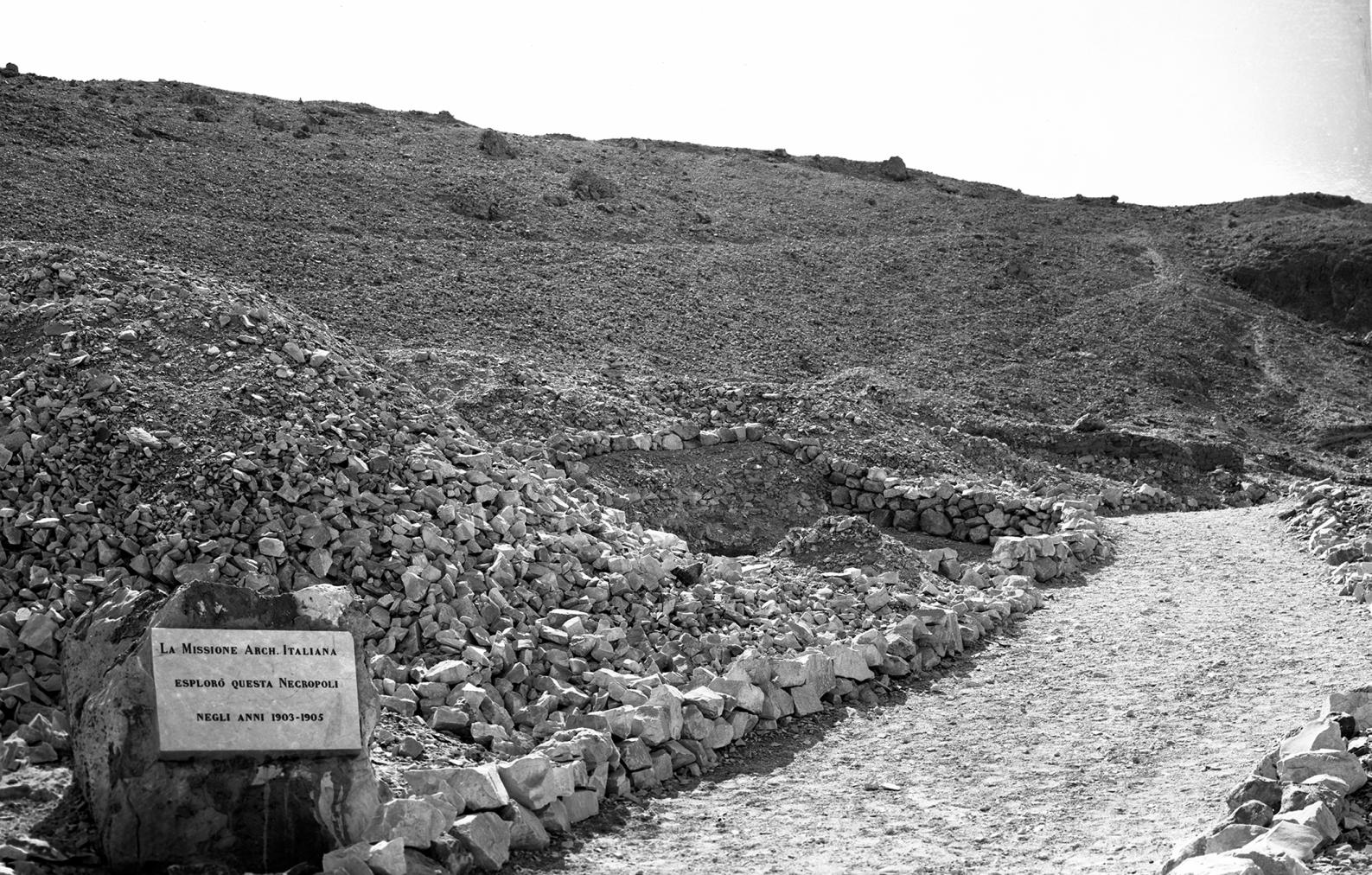


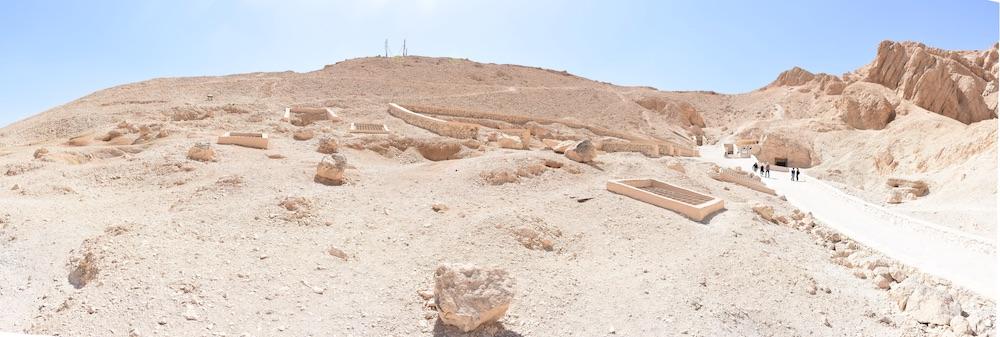

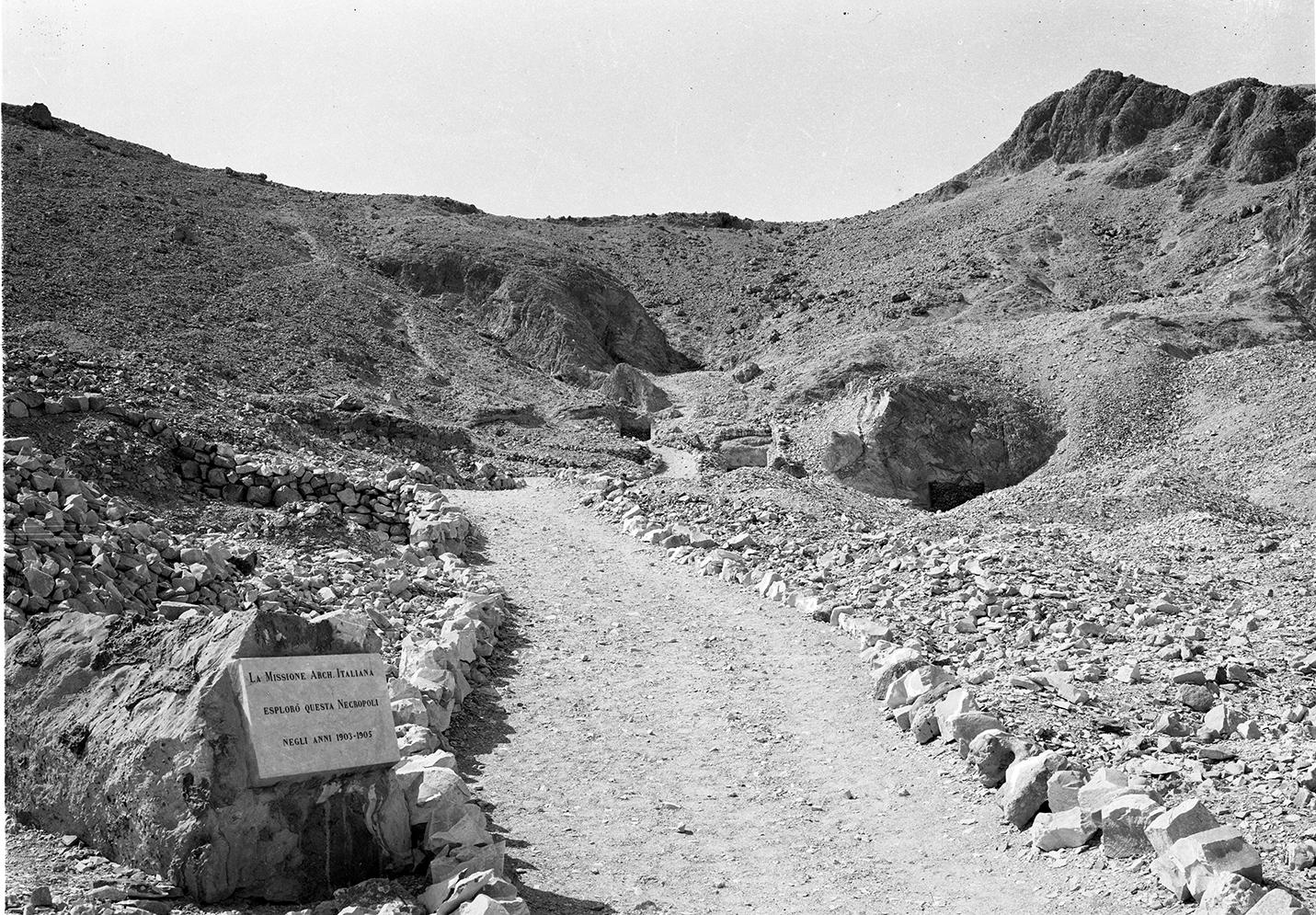
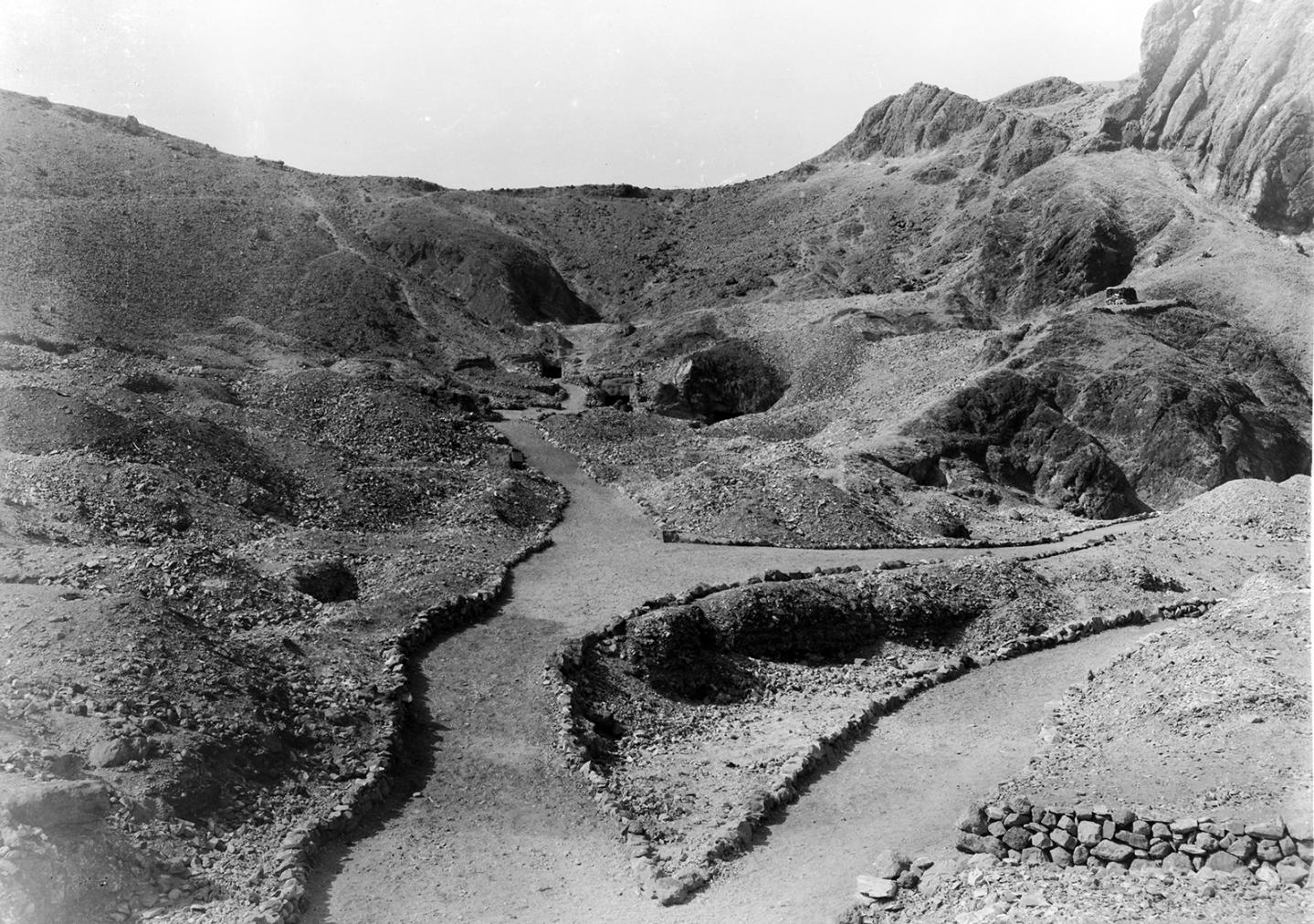
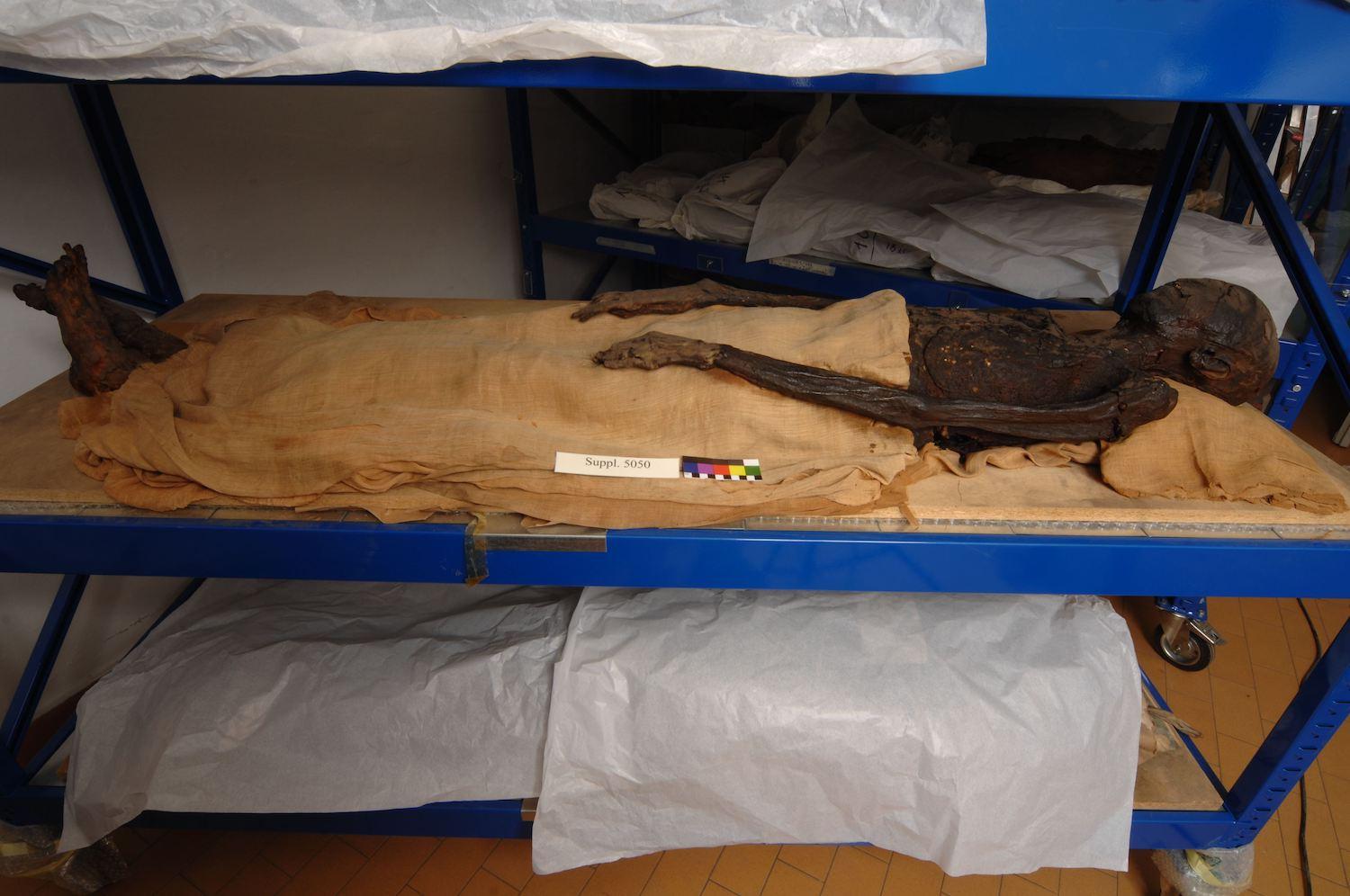
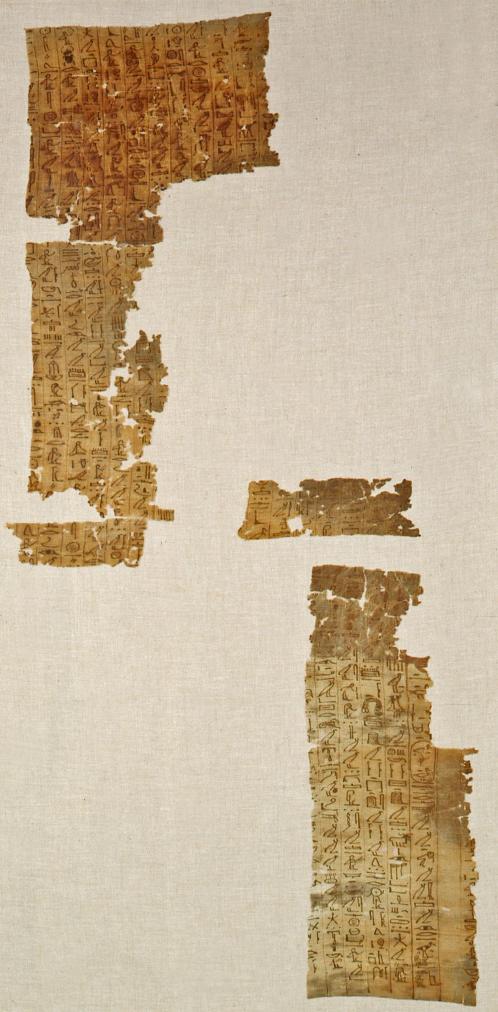
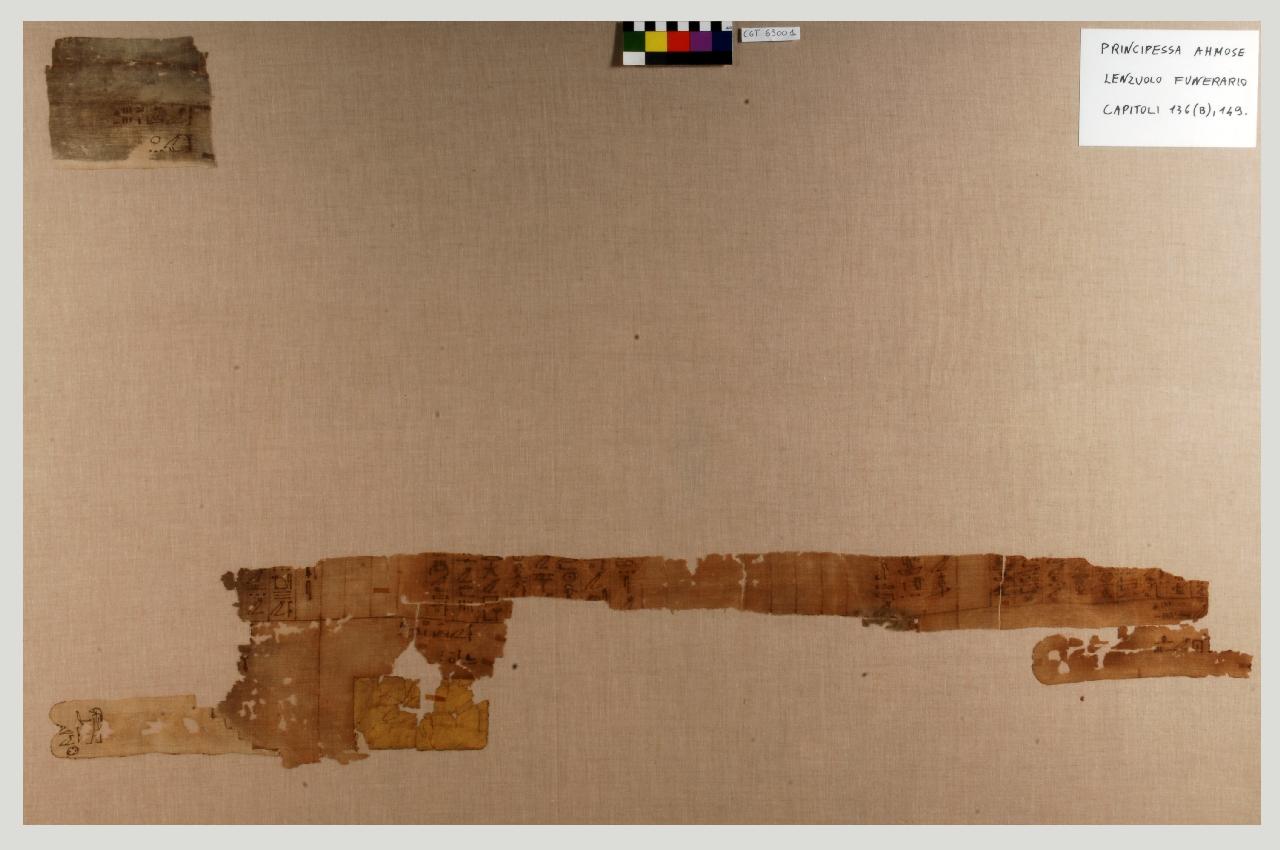
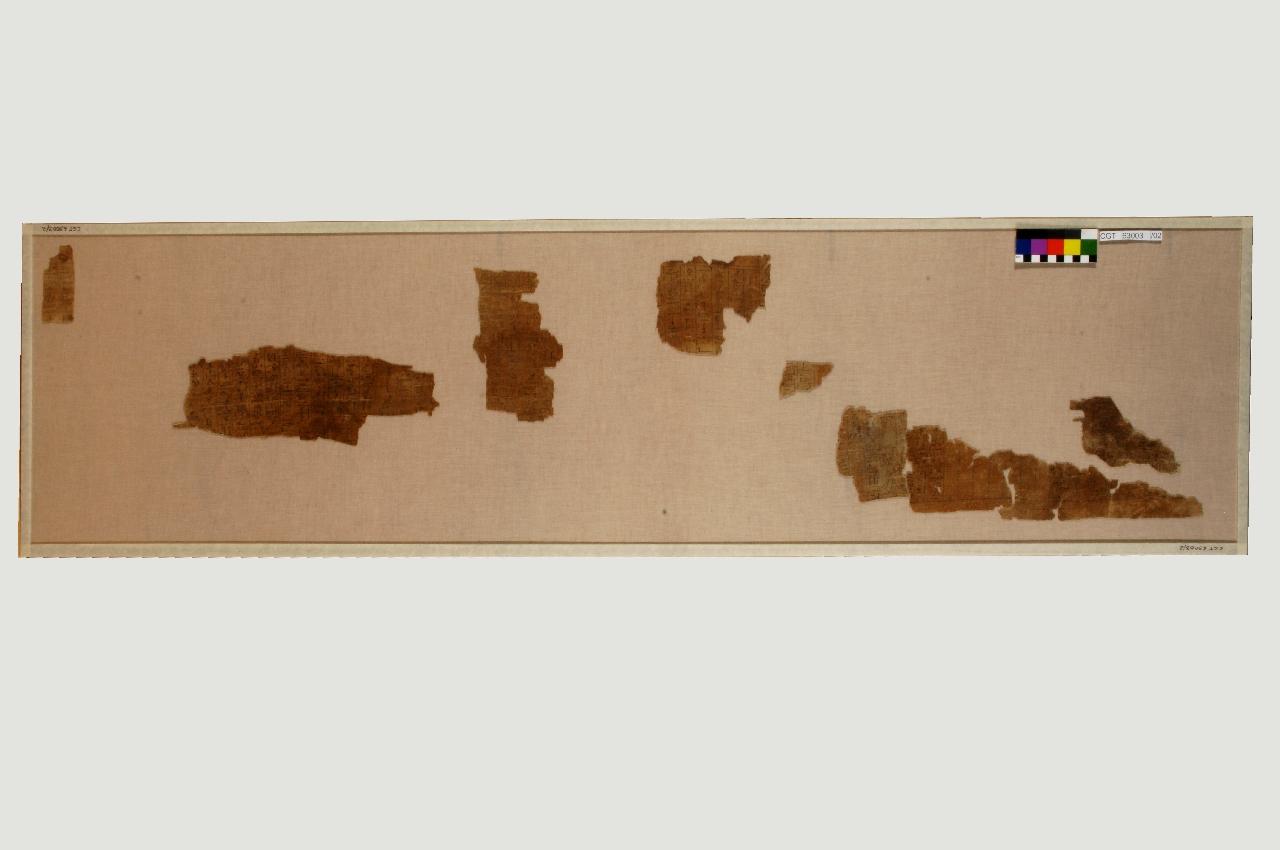
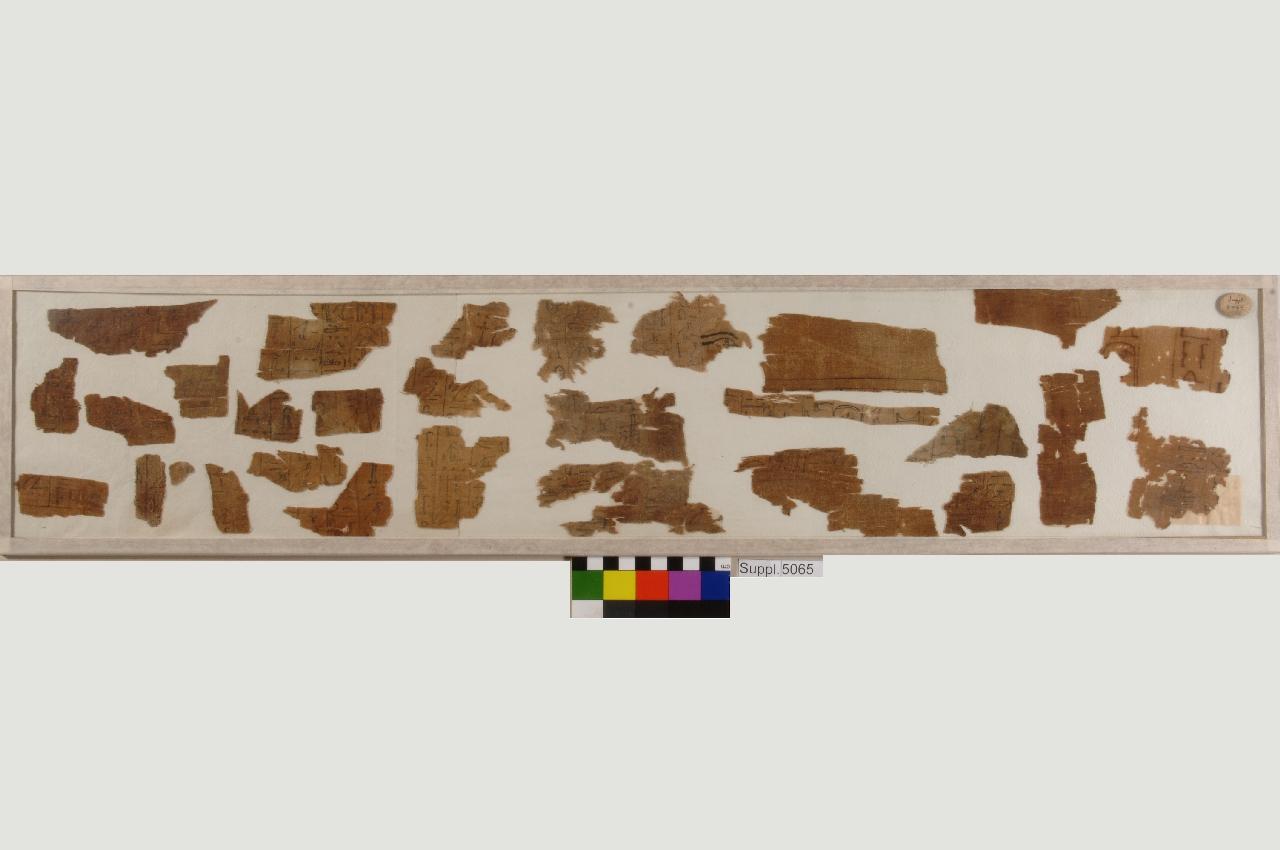
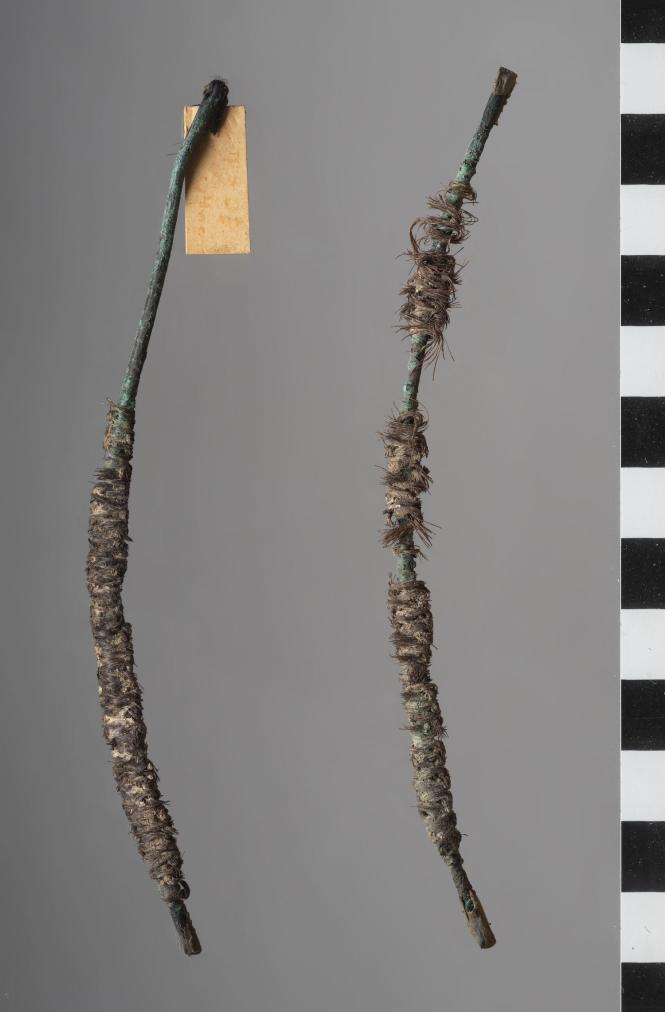
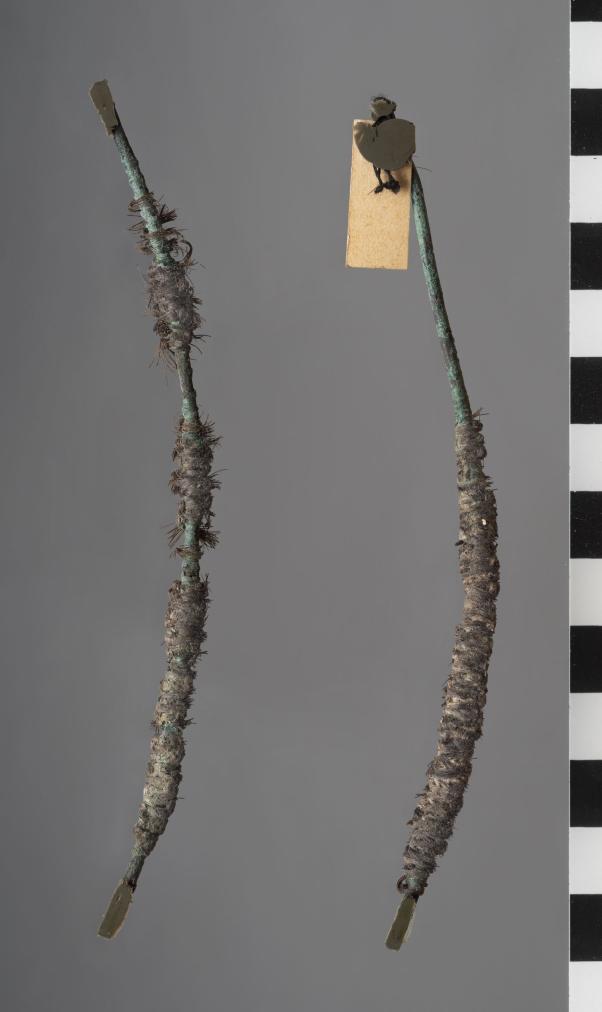
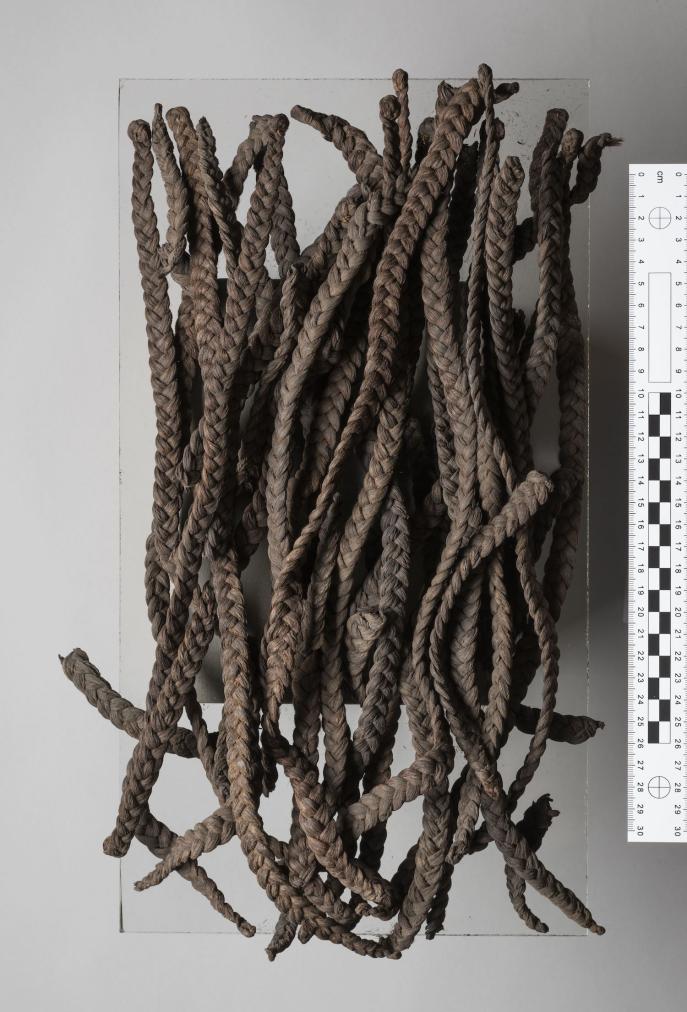






Articles
Tomb Numbering Systems in the Valley of the Queens and the Western Wadis
Geography and Geology of the Valley of the Queens and Western Wadis
The Italian Mission in the Valley of the Queens (1903-1905): History of excavation, Discoveries, and the Turin Museum Collection
Bibliography
CNRS mission report: Centre national de la recherche scientifique (France). Rapport des activités scientifiques et administratives 1992-1994. URA no. 1064. Recherches sur les nécropoles thébaines et le Ramésseum; Publication des temples de la Nubie, 1992-1994.
Demas, Martha and Neville Agnew (eds). Valley of the Queens. Assessment Report. Los Angeles: The Getty Conservation Institute, 2012, 2016. Two vols.
Gitton, Michel. Les divines épouses de la 18ᵉ dynastie. Annales littéraires de l'université de Besançon no. 306; Centre de recherches d'histoire ancienne, no. 61. Paris: Les belles-lettres, 1984.
Leblanc, Christian. Ta set nefrou: une nécropole de Thèbes-ouest et son histoire, 1: géographie- toponymie: historique de l'exploration scientifique du site. Cairo: Nubar Printing House, 1989.
Porter, Bertha and Rosalind L.B. Moss. Topographical Bibliography of Ancient Egyptian Hieroglyphic Texts, Reliefs, and Paintings, I: The Theban Necropolis, Part 2: Royal Tombs and Smaller Cemeteries. Oxford: Oxford University Press, 1964.
Ronsecco, Paolo. Due libri dei morti del principio del Nuovo Regno: il lenzuolo funerario della principessa Ahmosi e le tele del Sa-nesu Ahmosi. Catalogo del Museo egizio di Torino, serie prima, monumenti e testi. Vol. 7. Turin: Ministero per i beni culturali e ambientali, Soprintendenza al Museo delle antichità egizie, 1996.
Ronsecco, Paolo. La tela funebre della principessa Ahmose (Scavi nel Museo di Torino VI). Oriens antiquus 14, 2 (1975): 147-52.
Schiaparelli, Ernesto. Realazione sui lavon della Missione archeologica italiana in Egitto, anni 1903-1920. Explorazione della “Valle delle Regina” nella necropolis di Tebe. Vol. 1. Turin: Casa editrice Giovanni Chiantore, 1923.
Thomas, Elizabeth. The Royal Necropoleis of Thebes. Princeton: privately printed, 1966.

